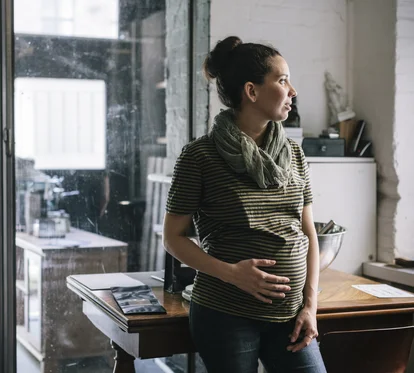What should I keep in mind when registering an unborn child?
Van den Bosch: “If you are unmarried and your partner is pregnant, it is important to acknowledge the unborn child. In this way, the moment the child is born, you have a direct family relationship with the child and you can also apply for custody. You can now acknowledge the child at any municipality, but municipalities cannot share that information with each other, because the registers of the Civil Registry are not linked. In other words, this is actually, to put it bluntly, about stand-alone information from municipalities. Suppose future parents from Amsterdam have had an acknowledgment of unborn child drawn up by the municipality of Amsterdam, and that the birth takes place in the hospital in Apeldoorn. If the parents do not have the details of that registration with them, and the official of the municipality does not ask for it, a birth certificate may be drawn up, without the father having a direct legal relationship with the child. This is not a desirable situation for both municipalities and citizens – you want to share that information and be able to use it immediately. And that is precisely what we cannot currently shape with existing solutions within our area of expertise.”
What role can blockchain play in this? How does the technology contribute to the sharing of that information?
Van Lier: “In recent decades, the government has already made several attempts to centralize the basic registration of persons (BRP), which are now located in 352 municipalities, so that the personal data of citizens can be kept up to date from one place. This has not been successful to date. To ensure that that information is shared, you have to do tests. With blockchain technology, we can conduct those trials for the first time, without needing the central government to set up a central party. With this technology, you do not need a central facility to allow all those municipalities to communicate with each other – and with third parties.”
What is meant by blockchain?
Van Lier: “Blockchain technology is the fact that wherever there are machines, these machines can communicate and interact with each other, through algorithms and software, in networks. For example, machines include computers, laptops, smartphones, but also cars, wind turbines, washing machines or MRI scanners in hospitals. That communication and interaction between these machines takes place in the form of exchanging messages between these devices, without the intervention of a third or central party.”




